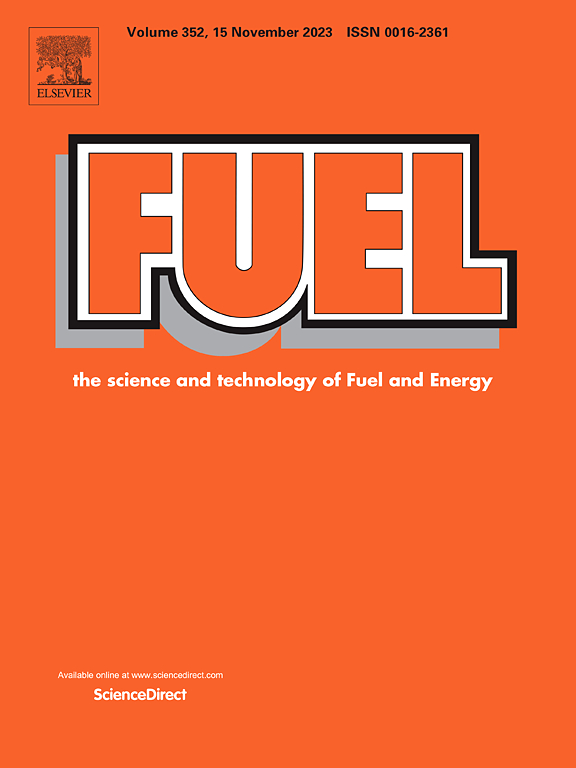Role of synthetically modulated polymers for efficient photoreforming hydrogen fuel
IF 6.7
1区 工程技术
Q2 ENERGY & FUELS
引用次数: 0
Abstract
Photoreforming biomass using TiO2-based photocatalysts offers a sustainable approach to addressing environmental and energy challenges. This study introduces, for the first time, maltose-based polymers for photoreforming hydrogen generation studies, extending beyond the previously investigated glucose-based polymers. The findings are validated through both experimental and theoretical insights. The investigation explores how the structural complexity of disaccharides significantly influences the hydrophilicity of fluoro and non-fluoro polymers, as well as their effects on the photoreforming process. The structural properties of the synthesized polymers were characterized using various spectroscopic techniques, while their thermal properties were evaluated through TGA and DSC analysis. The glycopolymers with Pt/TiO2 strongly influence the photoinduced charge separation and transfers; enabling enhanced H2 production across a wide pH level. The fluoro-polymers with deacetylated maltose such as PPFBM-b-PMD and PPFPM-b-PMD synergistically increased the H2 fuel production rate up to 1478 μmol g-1h−1 and 1363 μmol g-1h−1 compared to the non-fluoro glycopolymers. The improved hydrogen production may result from in-situ F doping of TiO2 during the photoreforming process. Future studies will focus on optimizing conditions for large-scale biomass photoreforming, improving glycopolymer solubility, hydrophilicity, and electron-donating properties as substrates. First-principles based DFT calculations reveal that substituting F for surface O in Pt/TiO2 creates conductive states near the conduction band, thereby enhancing electron mobility and photocatalytic performance, which aligns with the experimental findings.

求助全文
约1分钟内获得全文
求助全文
来源期刊

Fuel
工程技术-工程:化工
CiteScore
12.80
自引率
20.30%
发文量
3506
审稿时长
64 days
期刊介绍:
The exploration of energy sources remains a critical matter of study. For the past nine decades, fuel has consistently held the forefront in primary research efforts within the field of energy science. This area of investigation encompasses a wide range of subjects, with a particular emphasis on emerging concerns like environmental factors and pollution.
 求助内容:
求助内容: 应助结果提醒方式:
应助结果提醒方式:


